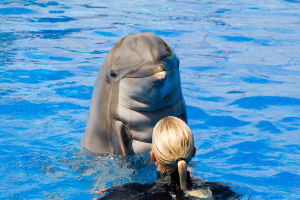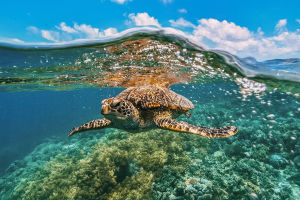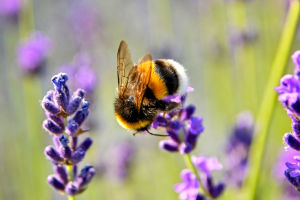Have you ever wondered how camels survive for days or even weeks without consuming water in some of the hottest and driest places on Earth?
Their ability to store water efficiently and manage hydration is truly one of nature's remarkable adaptations. Let's dive into the fascinating world of camels and explore the secrets behind their unique water storage system.
The Myth of the Water Bump
Many people believe that camels store water directly in their bump, but this is actually a misconception. The bump is primarily a reservoir of lipids, which the camel can metabolize into energy and water when food and water are scarce. This lipids reserve helps camels survive long journeys without food, but the water they need for hydration is stored differently.
Water Storage in the Blood and Body
Camels have a unique ability to tolerate dehydration better than most animals. Their blood cells are oval-shaped, unlike the round red blood cells in humans and many other animals. This shape allows the blood cells to flow more easily when the camel is dehydrated and its blood thickens. Because of this, camels can lose up to 25% of their body water without severe consequences, while most animals would suffer serious health issues if they lost just 10% of their body water.
Efficient Water Absorption and Conservation
When camels needs water, they can consume up to 40 gallons (about 150 liters) of water in just 15 minutes. Their stomachs are highly efficient, absorbing and retaining water rapidly. In addition to their stomach, camels have specialized kidneys and intestines that conserve water by producing highly concentrated pee and dry feces. This means very little water is lost through waste, helping camels maintain hydration for longer periods.
Body Temperature Regulation
Another impressive adaptation is how camels regulate their body temperature to reduce water loss. Instead of sweating continuously, camels allow their body temperature to fluctuate throughout the day, rising during the hot daytime and cooling at night. This process reduces the need for sweating, which is a major way animals lose water. By minimizing sweat, camels save precious water in their bodies.
Adaptations to Dry, Harsh Environments
Camels' nostrils can close tightly to keep out sand, and their long eyelashes protect their eyes from dust. These features are vital in desert environments but also help prevent moisture loss through breathing. Their thick fur insulates them from extreme heat and cold, further reducing the amount of water lost from their skin.
Metabolic Water Production
Camels also produce water internally through the process of metabolizing lipids stored in their bumps. When the lipids breaks down, it generates metabolic water as a byproduct, supplementing the camel's hydration without the need for external water sources. This internal water source is essential during times when no consuming water is available.
Scientific Studies Supporting Camel Adaptations
Research by animal physiologists has shown that camels' ability to survive dehydration is unmatched among mammals. According to studies published in journals like the Journal of Experimental Biology, camels maintain cellular functions and blood flow even under significant dehydration stress. Experts highlight that understanding these mechanisms could help develop better water conservation strategies in livestock and improve desert survival techniques.
What Can We Learn from Camels?
The camel's incredible water management offers valuable lessons, especially as global climates become hotter and drier in many regions. Their adaptations inspire innovations in agriculture, animal care, and even human hydration strategies in extreme environments.
If you ever find yourself fascinated by nature's ingenuity, camels are a prime example of survival mastery. Next time you see a camel, remember it's not just a beast of burden, but a marvel of biological engineering capable of thriving where few others can.
How do you think humans could apply lessons from camel hydration to cope better with water scarcity? I'd love to hear your thoughts!


